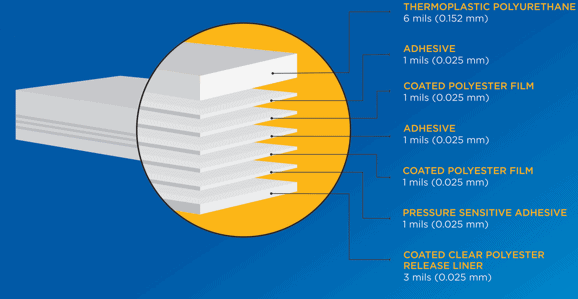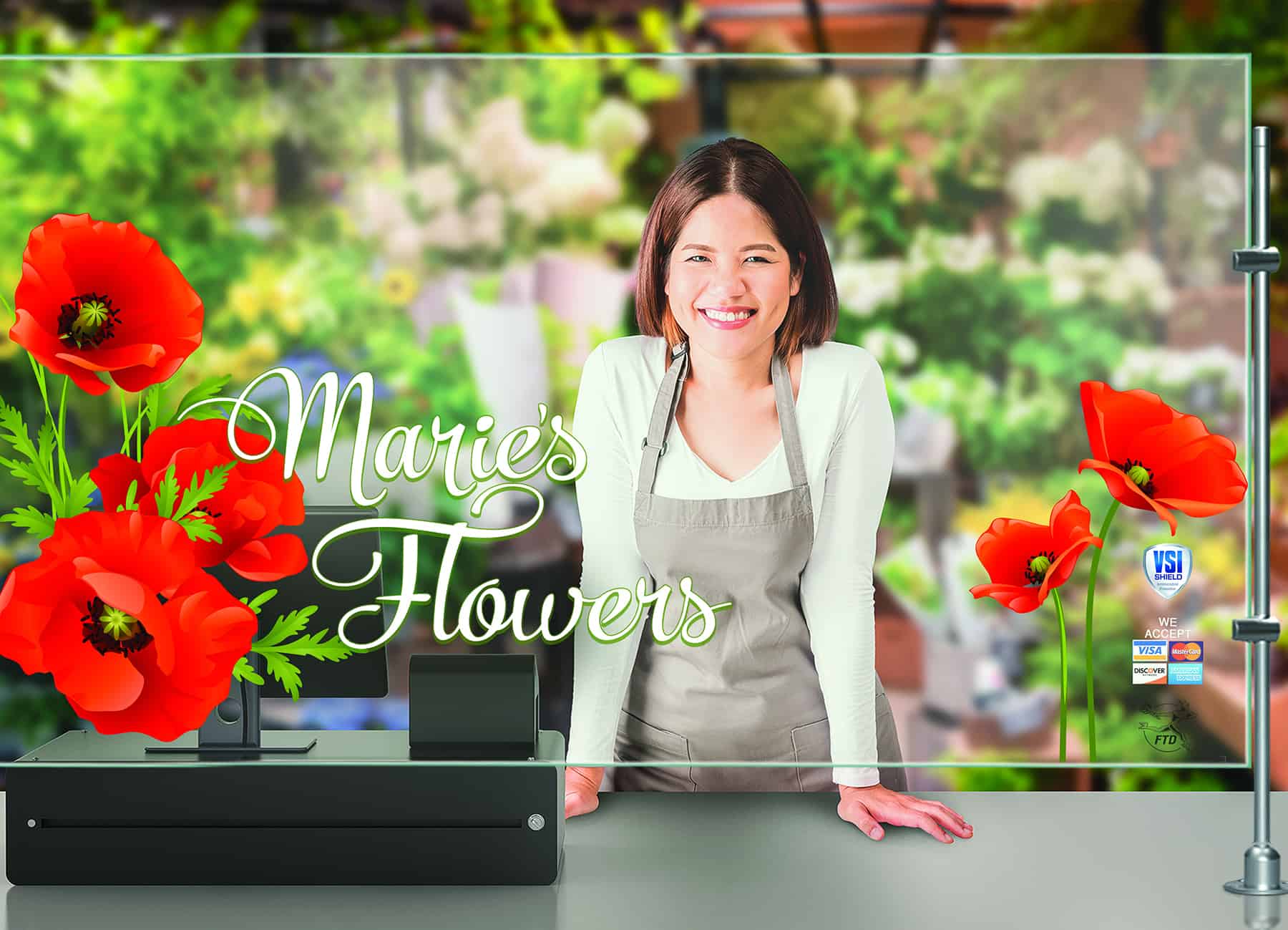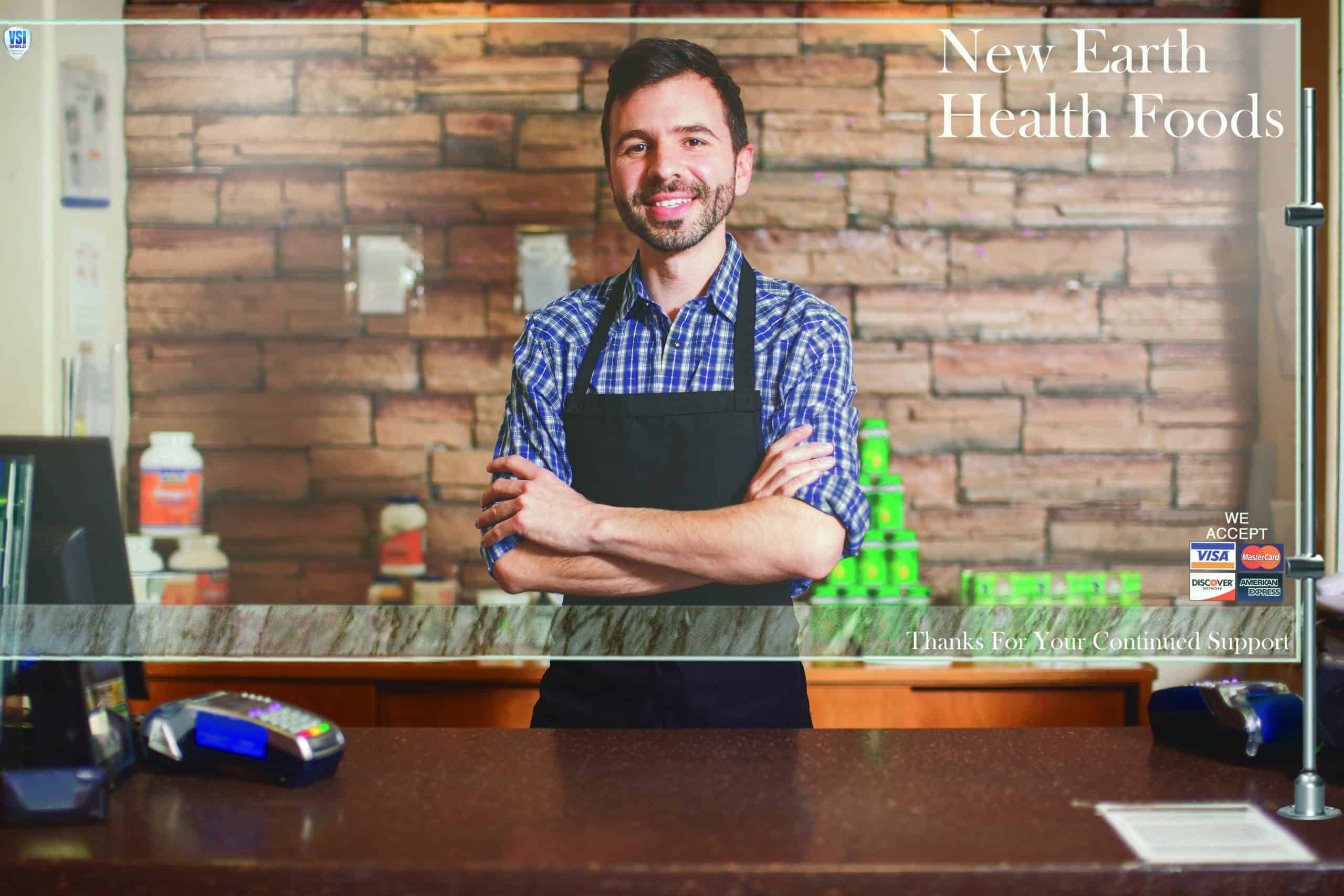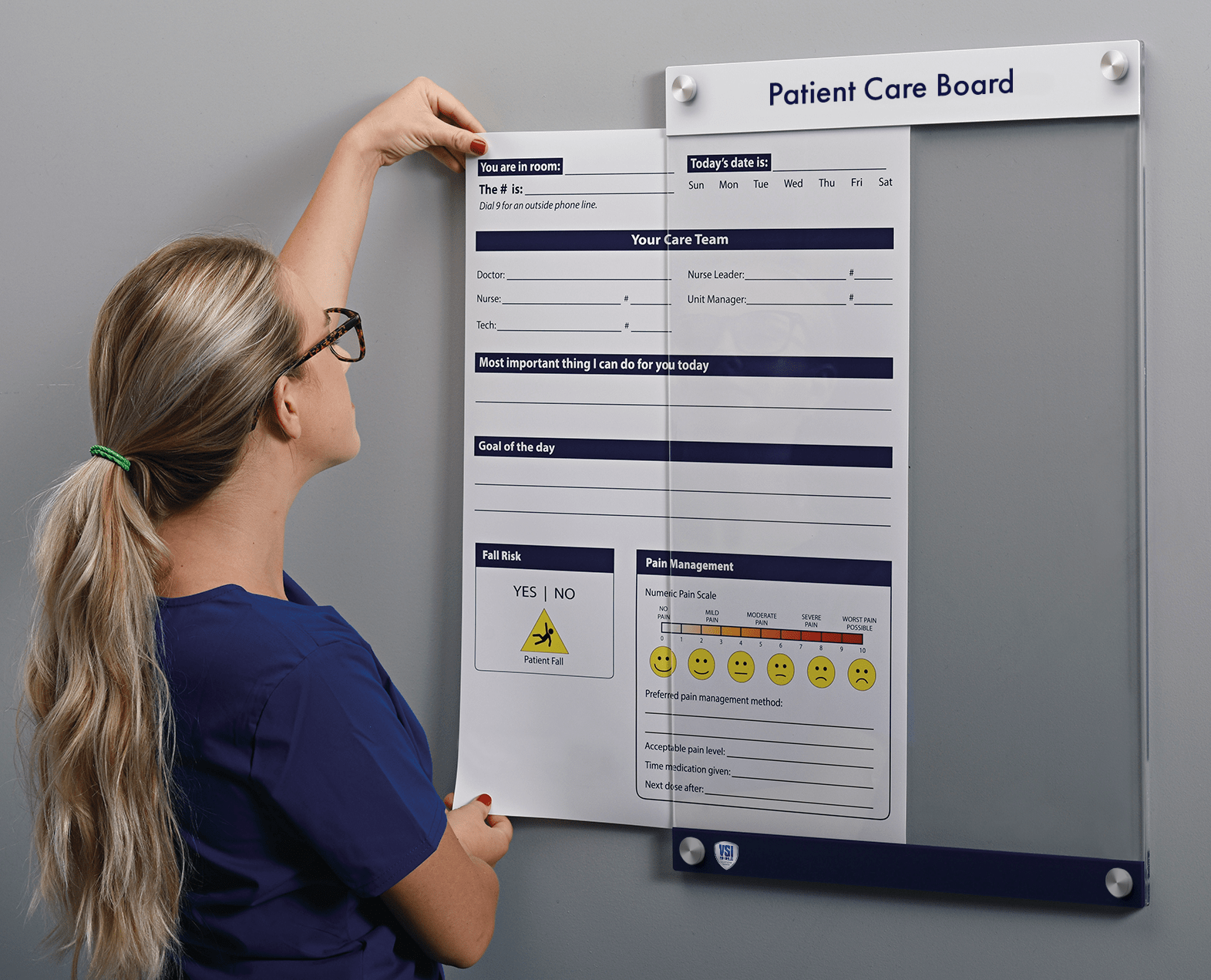If you’re entering a new business for the first time, often you’ll look for a wayfinding sign to guide you to where you need to go. In a theme park or mall, this can be a matter of convenience. In a hospital or in an emergency, it can be a matter of life or death. Wayfinding systems do not just guide customers to where they need to go though. They also offer business owners a chance to brand their signage and thus give their customers a sense of place when visiting your business. For these reasons and more, wayfinding signage has become an essential component of interior signage for buildings of all size.
In this blog, we will discuss the different types of wayfinding signs, the benefits of wayfinding signage, and the opportunities that they provide businesses as well to brand their shop.
What is Wayfinding Signage?
In “Issue of wayfinding concept in museum interiors”, by T. Sarihati, R. Firmansyah, S. Salayanti & N. Hasanah A. Rosyad (PDF), the authors state “Wayfinding is a means to provide information related to directions, special signs for certain locations. Wayfinding is a system that provides predictable locations by various types of information and hierarchical instructions that enhance understanding and navigation in an environment.” Wayfinding systems and signs therefore serve to acclimate a person to a space and help guide them through it to one or more destinations.
What are the 6 types of Wayfinding Signage?
According to T. Sarihati, R. Firmansyah, S. Salayanti & N. Hasanah A. Rosyad, there are 6 defined types of wayfinding signage. Their descriptions of each type of signage are as follows:
- Orientational Sign
“Orientational sign is a panel of signs that contains clear information about the position of a person in an environment, such as maps, architectural references from a building, and the plan of the circulation of lanes in and out. Road search is characterized by knowledge of the route obtained through procedural rules.”

- Information or Informational Sign
An Informational Sign “refers to the specifics and details of information, with the sign form being adjusted to the information that is to be conveyed. “

- Directional Sign
Directional sign shows the direction or location of the destination to be directed by visitors. This sign is an explicit navigation tool. It is expected to make visitors more efficient and comfortable in an environment.

- Identification Sign
Identification signage gives the identity of an object or place according to its type and function.

- Statutory Sign
Statutory (regulatory) sign is in the form of regulations, general restrictions, or permits for a particular activity. Its main function is to maintain one’s safety from danger and informs what to do and not to do.

- Ornamental Sign
Ornamental sign serves as a decorative element that aims to beautify, enhance, or beautify an overall appearance of an environment or as a complement to the elements of a sign (Kusuma 2018)

What are the benefits of Wayfinding Signage?
- Improves Traffic Flow in Your Workplace or Business Environment
At its core, a wayfinding system is setup to improve the flow of traffic for visitors and employees alike. By allowing people to be a more astute guide through the use of wayfinding signage, you’re improving people’s ability to traverse your spaces. This singular benefit impacts all the benefits to follow.
2. Improves Workplace Environment for Visitors and Employees Alike
In Best Practices for Wayfinding in a Hospital Setting by Jerod S Potter, a Clinical Informaticist at Salem Health, he analyzed wayfinding studies in hospital settings and found one study, Benefits of Effective Wayfinding
Chaudhury, H., Mahmood, A., & Valente, M. (2009), saw that “[p]atient and visitor satisfaction scores also rise when better wayfinding improves movement through the hospital, positively impacting the staff and reducing turnover. [Likewise], better design…facilitates a healthier, happier environment for staff helps to increase staff
satisfaction.”
3. Direct Visitors to Unseen or Underutilized Spaces and Facilities

Instead of letting visitors stumble into a space or place you want them to find, an orientational sign can let them know it exists, a directional sign can point them where to go, and an identifying sign can let them know they’ve arrived. Without such signage visitors may never find this place, nor even know it exists to begin with. Therefore a proper wayfinding system can help inform and orient your visitors to the myriad of locations in your facility or business that they can and cannot visit.
4. Enhance Brand Identity and Sense of Place
If two companies such as Target and Wal-Mart were to be placed within the same building adjacent to one another, thanks to their use of wayfinding signage and recognizable brand symbols you would know doubt still know when you’re in which store’s space. Though this example us unlikely to occur, you may have commercial space such as malls, corporate complexes, or even hospitals or schools where this is an increased reality. Even if you’re the only occupant of your business space, you still want your visitors and employees to feel as if they’re in your businesses’ space, and wayfinding signage allows for that ability especially when paired with quality brand design and brand implantation. Signs marking offices and doors can include a small logo for instance of your company, or perhaps they could simple have an artistic rendering of shapes using your logo’s colors. Both are methods for which you can with varying levels of subtlety tell people in your building where they are at and what business they are in at that moment in time.
At Ortwein Sign, we pride ourselves on our ability to design and produce wayfinding signage to scale! Whether you need a couple signs, or hundreds, we’re the team to meet your needs. Contact us for a free quote today to see how our team can help your business!
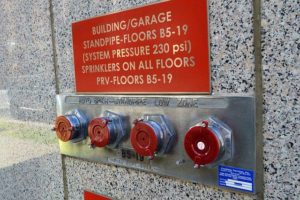
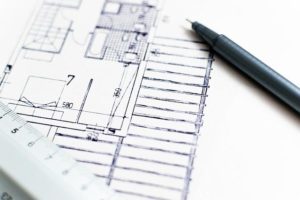
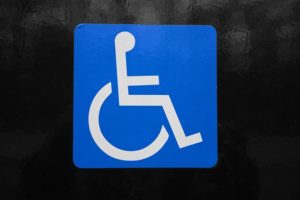
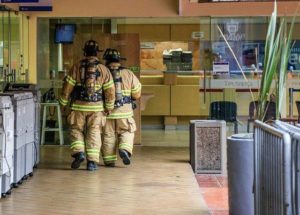
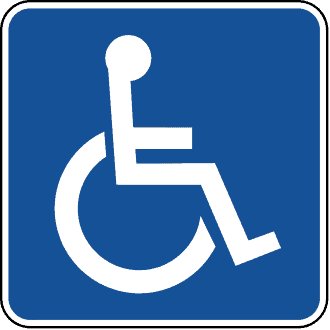
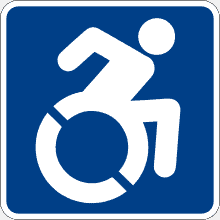
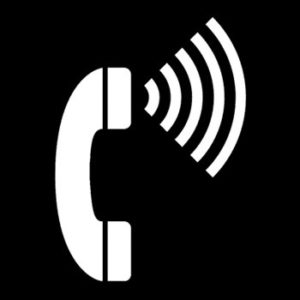
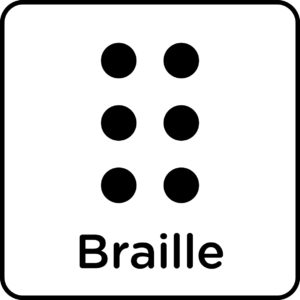
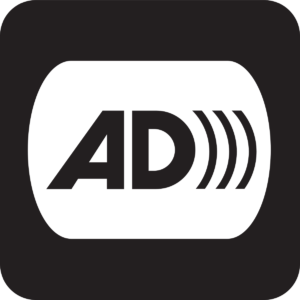
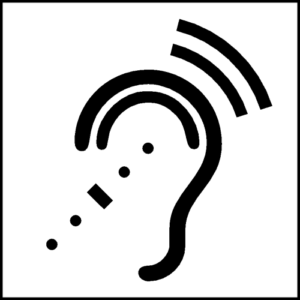
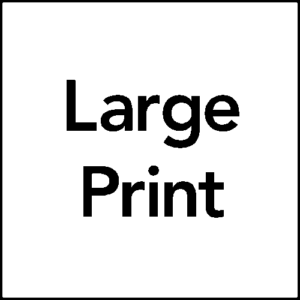
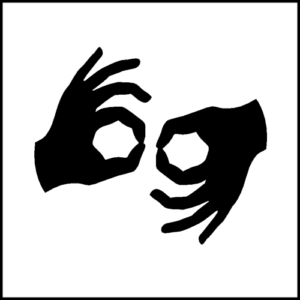
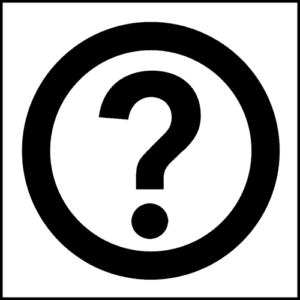
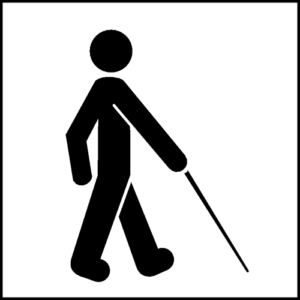
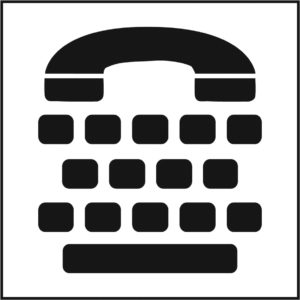
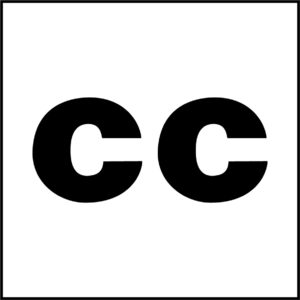
![[Total Number of ADA Title III Federal Lawsuits Filed Each Year January 1, 2013 – December 31, 2021: 2013: 2,722; 2014: 4,436 63% increase over 2013; 2015: 4,789 8% increase over 2014; 2016: 6,601 38% increase over 2015; 2017: 7,663 16% increase over 2016; 2018: 10,163 33% increase over 2017; 2019: 11, 053 9% increase over 2018; 2020: 10,982 1% decrease from 2019]](https://www.adatitleiii.com/wp-content/uploads/sites/121/2021/02/Yearly.png)
